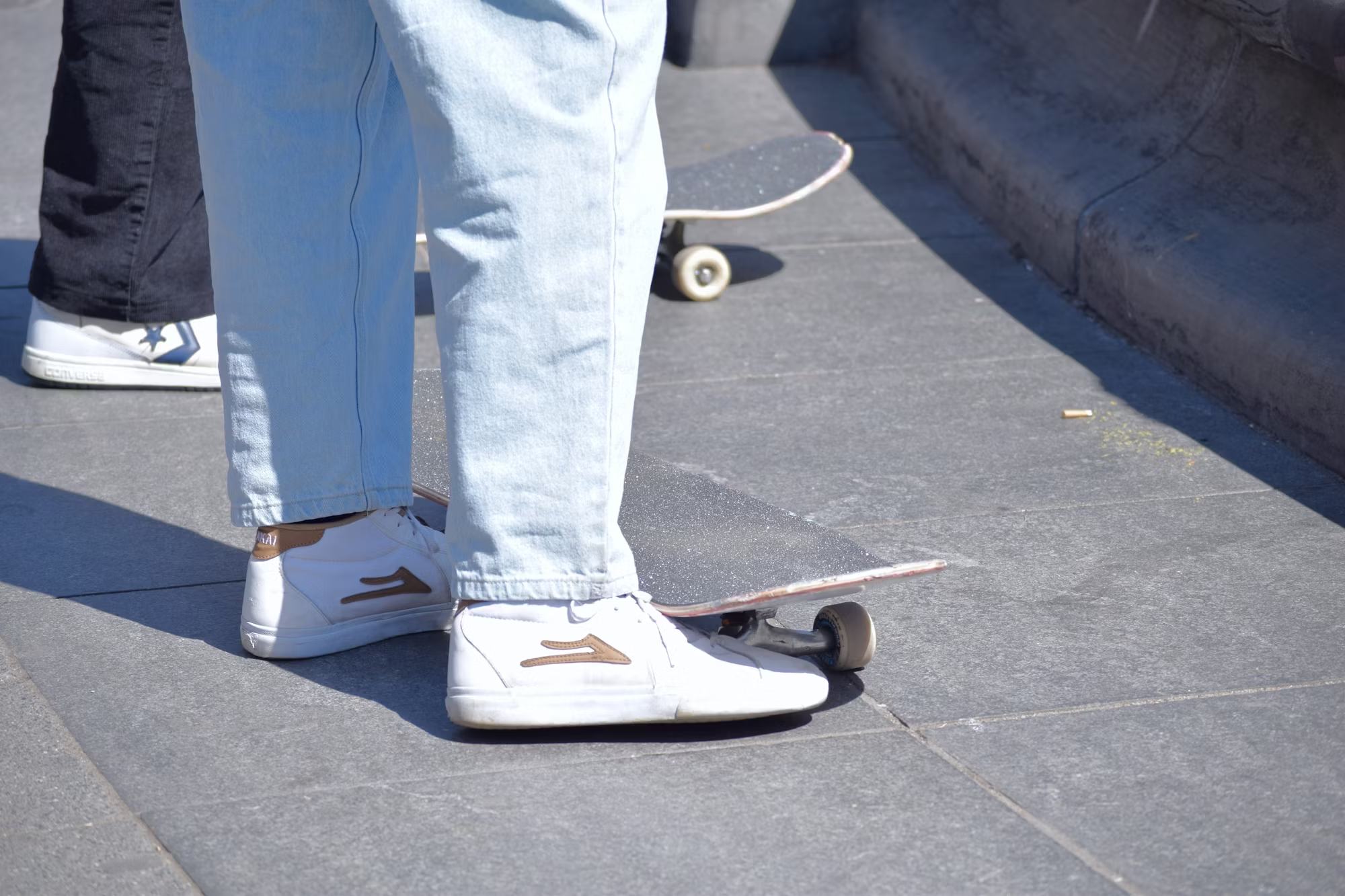Exploring the Evolution of Surfboard Design: From Classic Shapes to Modern Innovations
An in-depth exploration of the history and development of surfboard design, focusing on the key inno

Surfboard design has come a long way since the early days of surfing, with each new innovation improving the performance, safety, and accessibility of the sport. From the simple wooden boards used by ancient Polynesians to the high-performance boards that dominate today’s competitive surf scene, the evolution of surfboard design reflects the ongoing relationship between surfers and the waves they ride. In this article, we will explore the key milestones in surfboard history, the factors influencing design changes, and how modern innovations continue to push the boundaries of what is possible on a wave.
Early Surfboards: The Roots of Surfing
The history of surfboard design can be traced back to ancient Polynesian culture. The earliest surfboards were made from heavy, solid wood, typically made from native trees like koa or wiliwili. These boards were long, often exceeding 12 feet in length, and were used for both practical and ceremonial purposes. In early Polynesian society, surfing was not just a sport; it was also a spiritual activity, and the surfboard was considered an extension of the surfer’s body.
The construction of these early boards was labor-intensive, with each board being hand-carved from a single piece of wood. Because of their size and weight, these boards required significant strength and skill to maneuver. As surfing spread to Hawaii and other Pacific Islands, different regions developed unique styles of board construction, influenced by local materials and cultural traditions.
Despite their size, early boards were designed with a focus on durability and stability rather than speed or maneuverability. Surfing in these early days was often about riding large, powerful waves in a slow and graceful manner, with the emphasis placed more on style and tradition than performance.
The Birth of the Modern Surfboard: The 1930s to 1950s
In the 1930s, surfboard design began to undergo significant changes, marking the beginning of the modern surfboard era. During this time, surfers in California and Hawaii began experimenting with new materials and construction techniques that would lay the foundation for the boards we use today.
One of the major breakthroughs came with the introduction of the hollow wooden surfboard in the late 1930s. These boards were lighter than their solid counterparts, making them easier to maneuver in the water. The use of hollow wood also allowed for the creation of more streamlined shapes that improved the board’s performance.
In the 1940s and 1950s, surfboard design experienced another major shift with the advent of fiberglass. Surfboard manufacturer, Tom Blake, is credited with being one of the first to use fiberglass and resin in board construction, which made the boards both lighter and more durable. The fiberglass surfboard was revolutionary, as it allowed for greater flexibility and responsiveness, significantly improving the performance of the boards.
Additionally, the use of foam cores, particularly polyurethane foam, began to gain popularity in the 1950s. This allowed for even lighter boards that were easier to handle, enabling surfers to perform more dynamic moves. The combination of fiberglass, resin, and foam created the modern surfboard we recognize today.
The Shortboard Revolution: 1960s to 1970s
The 1960s and 1970s saw one of the most significant periods of innovation in surfboard design—the rise of the shortboard. Prior to this, boards were generally long, heavy, and designed for stability. However, the emergence of the shortboard was a game-changer for the sport, allowing for faster, more aggressive surfing styles.
As the demand for performance increased, surfers began experimenting with shorter, narrower boards that were more responsive and agile. These boards allowed surfers to execute quicker turns, aerial maneuvers, and more dynamic rides. In particular, the introduction of the “modern” shortboard, with its narrower nose, pointed tail, and shorter length, revolutionized competitive surfing and became the standard for high-performance boards.
The shortboard revolution was driven by advancements in board construction and materials, as well as a shift in surfing style. Surfing began to emphasize more radical moves, such as sharp turns and vertical maneuvers, which required boards that could move quickly and easily through the wave. Surfers like Greg Noll, Mike Hynson, and the legendary Eddie Aikau played significant roles in pushing the boundaries of board design during this period.
The shortboard allowed surfers to ride waves with greater precision, style, and speed, fundamentally altering the way the sport was practiced and viewed. Its design continues to influence the boards used in modern competitions.
The Rise of Specialty Boards: The 1980s to 1990s
By the 1980s and 1990s, the growing popularity of surfing and the increasing variety of wave types led to the development of specialized boards designed for specific conditions. Surfboard manufacturers began creating boards tailored to different types of waves, surfing styles, and skill levels.
For example, the longboard, which had largely been replaced by the shortboard in the 1960s and 1970s, experienced a resurgence during this period. Longboards, which typically range from 9 to 12 feet in length, were favored by surfers looking for a more laid-back, graceful style of surfing. These boards allowed for smoother rides and the ability to perform classic maneuvers, such as noserides and cross-steps. The renewed popularity of longboarding in the 1980s and 1990s was partly due to the nostalgia of older surfers and the rise of a retro movement in the surfing community.
Meanwhile, shortboards became increasingly specialized as well. Surfboards designed for small, mushy waves were built with more volume and width, while boards for big wave surfing featured more extreme rocker (the curve of the board) to handle the steep drops and high speeds of larger waves. Additionally, the advent of fish-shaped boards, which were shorter and had a wider tail, allowed surfers to ride smaller waves with more speed and control.
The introduction of “tow-in” surfing, which involved surfers being towed into massive waves by jet skis, also led to new innovations in board design. Tow-in boards were built with extra flotation and strength to handle the sheer size and power of big waves, enabling surfers to ride waves that were previously deemed unattainable.
The Cutting Edge: Modern Surfboard Innovations
In recent years, surfboard design has continued to evolve, with new materials and technologies pushing the boundaries of what is possible in the sport. Today’s surfboards are lighter, stronger, and more responsive than ever before, thanks to advancements in construction materials like carbon fiber, epoxy resin, and alternative foam cores.
One of the most exciting developments in modern surfboard design is the use of 3D printing technology to create custom boards. This allows surfers to design boards that are perfectly tailored to their individual needs, from the shape and size to the materials used. 3D-printed boards can be produced with greater precision, resulting in highly accurate and efficient designs.
In addition, modern materials have made surfboards more durable, resistant to wear and tear, and eco-friendly. The rise of sustainable materials, such as plant-based resins and recycled foams, is a significant step toward making surfing more environmentally conscious. As surfers become increasingly aware of the environmental impact of their sport, surfboard manufacturers are adopting greener practices to minimize waste and reduce carbon footprints.
Another significant trend in contemporary surfboard design is the focus on versatility. Modern boards are being designed to perform well in a variety of wave conditions, allowing surfers to tackle everything from small, playful waves to massive barrels. Hybrid boards, which combine elements of shortboards, longboards, and fish boards, are growing in popularity for their adaptability.
Conclusion: The Future of Surfboard Design
The evolution of surfboard design is a testament to the ingenuity and creativity of surfers and engineers alike. From the early wooden boards of ancient Polynesia to the cutting-edge boards of today, surfboard design has continually adapted to meet the needs of surfers, pushing the limits of performance and functionality. With advancements in technology, materials, and customization, the future of surfboard design looks incredibly promising.
As surfing continues to evolve, we can expect to see even more innovations that will change the way we ride waves. Whether it’s through the use of sustainable materials, personalized designs, or new performance-enhancing features, the evolution of surfboards will continue to shape the sport and inspire future generations of surfers to connect with the ocean in new and exciting ways.




